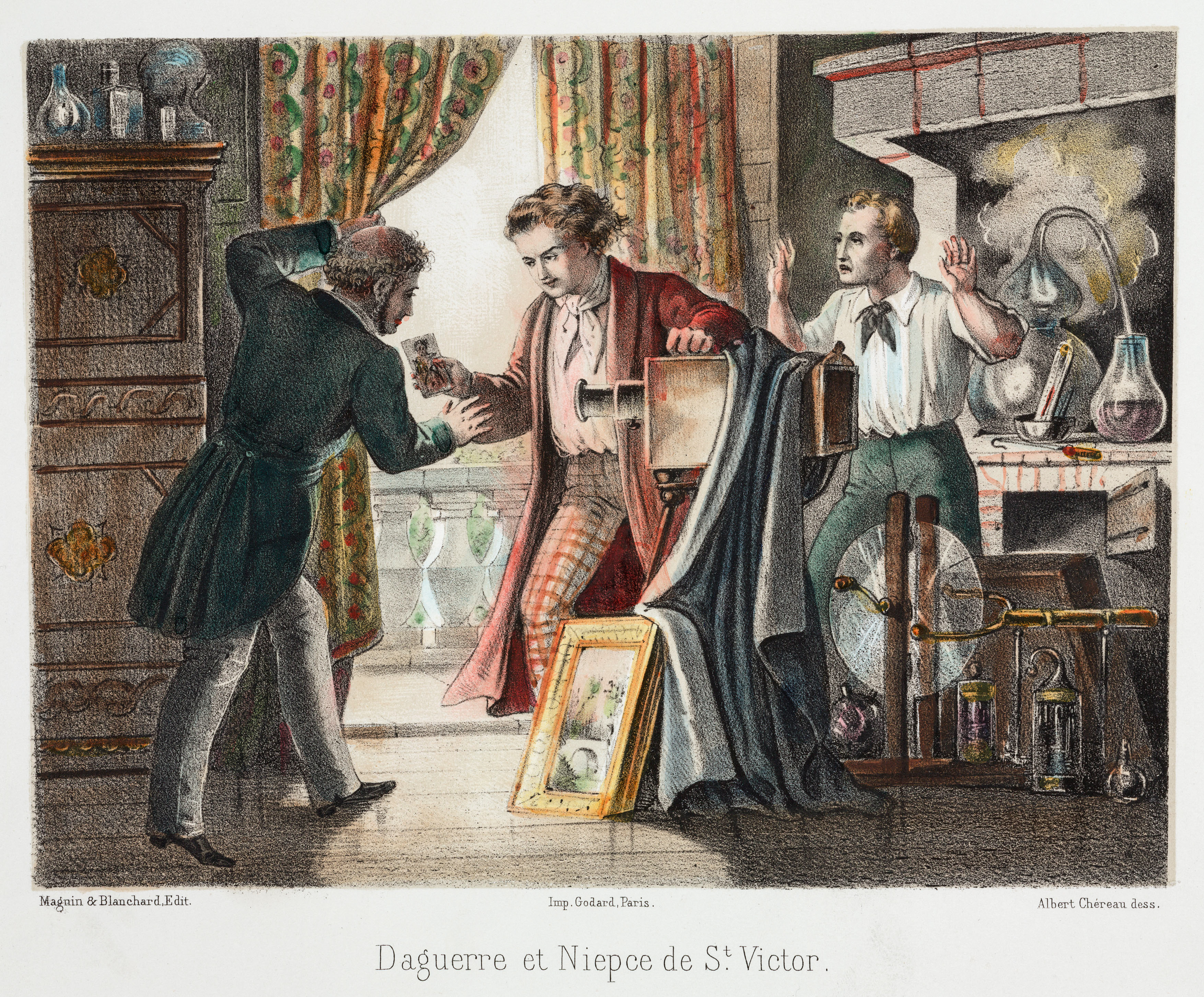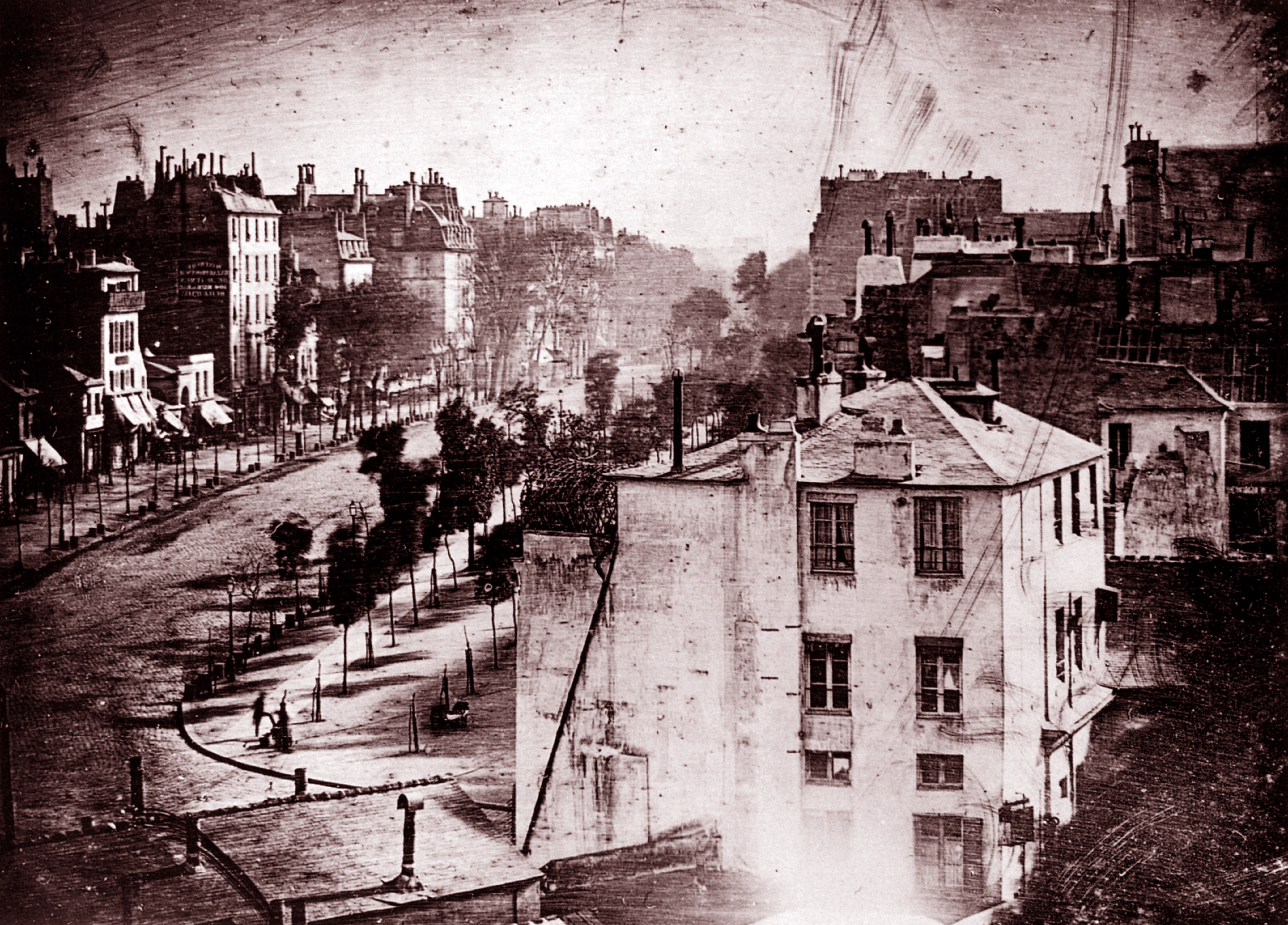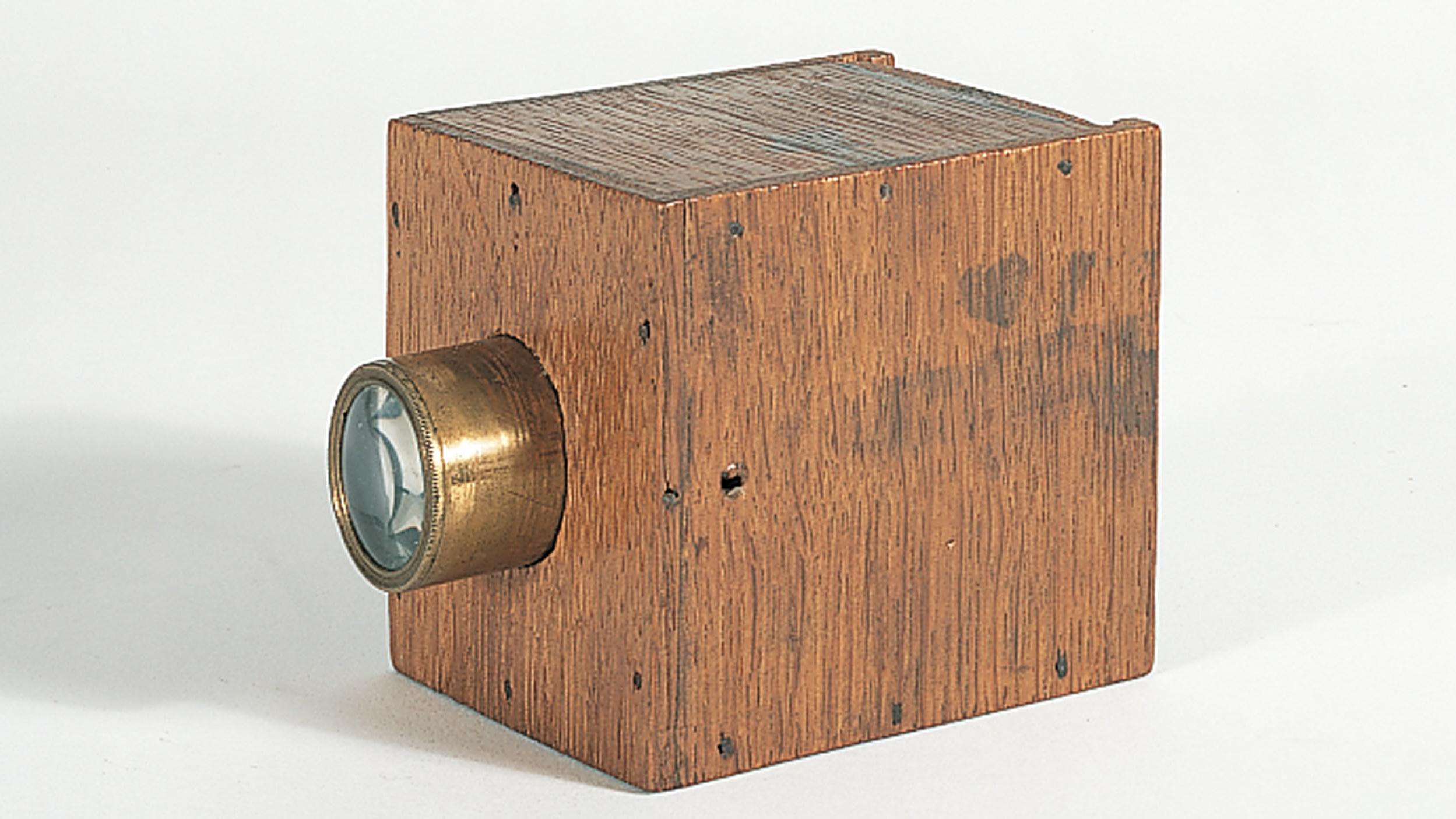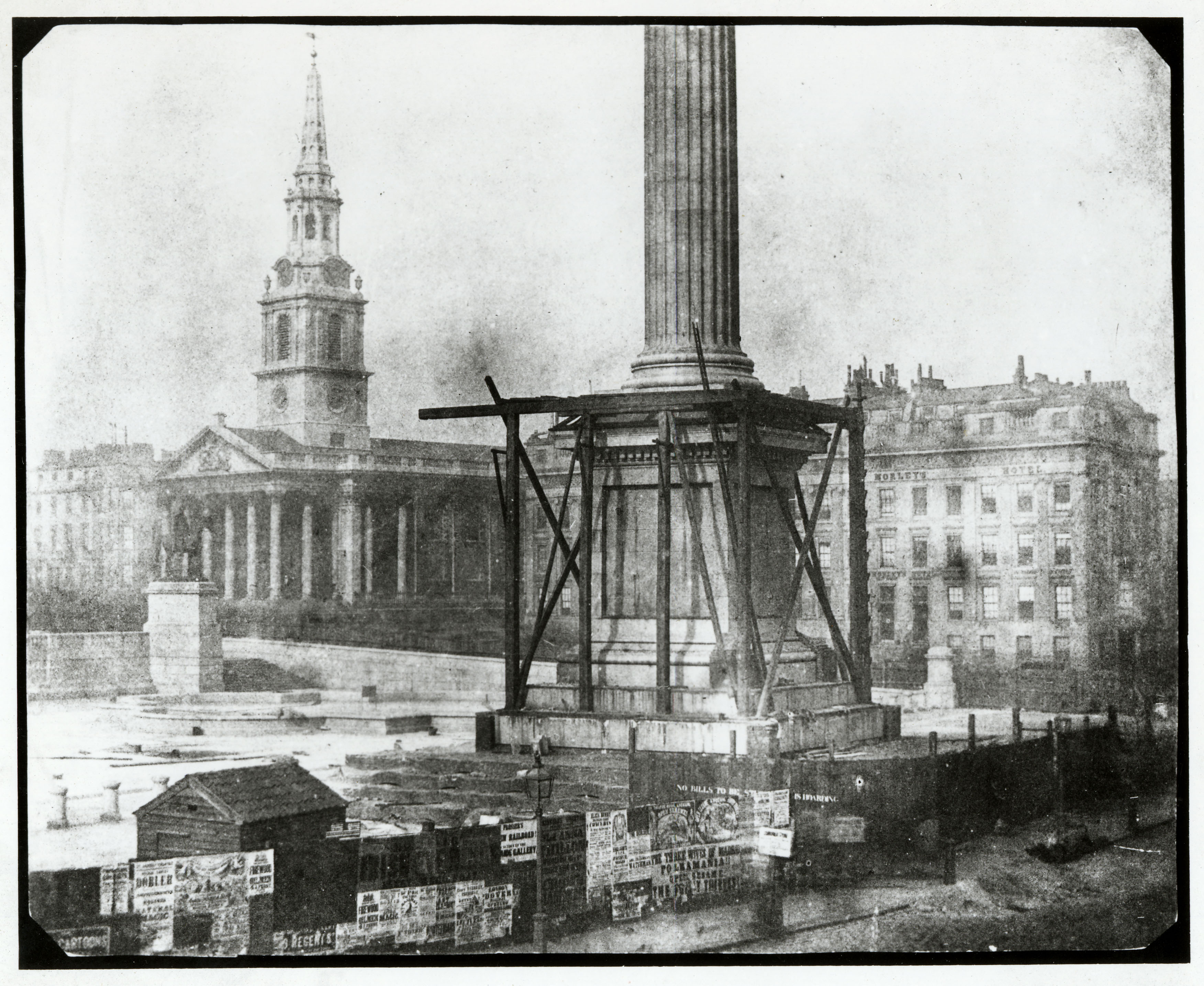Who invented the camera, and when?
Wondering who invented the camera? This is how Louis Daguerre gave photography to the world

The invention of the camera is usually attributed to Frenchman Louis Daguerre - who was first to announce his invention in 1839, and gave his name to the first popular form of photograph – the Daguerreotype.
The invention of the Daguerreotype was officially announced by François Arago, secretary of the French Academy of Sciences on January 07 1839. Full details were revealed on 18 August that year. The news caused great public excitement.
The process enabled positive images of great detail and clarity to be recorded by a camera containing copper plates coated in iodized silver. Exposure times outdoors could be as little as ten minutes. The latent images were developed by exposure to mercury vapor and then fixed by a strong salt solution.
Louis-Jacques-Mandé Daguerre was also also an artist, theater designer and inventor of the diorama. Full details of the process were given as a gift, ‘free to the world’, except in Great Britain, where a patent was filed by Daguerre’s agent.
Daguerre was given a lifetime annual pension of 6,000 francs for his generosity - and his business partner, Isidore Niépce (son of Joseph Nicéphore Niépce - who is widely credited as the inventor of photography, and who had collaborated with Daguerre) was awarded a pension of 4,000 francs.
Daguerre had made his first successful experiment in 1837, when he produced an indoor still-life study, The Artist’s Workshop. A year later he held a Paris exhibition of daguerreotypes including Boulevard du Temple, Paris (1838). This famous street scene contains the first recorded image of a human being: a man having his shoes shined, who was therefore standing still long enough to appear on the plate.
Positive and negative: Henry Fox Talbot
Daguerre may have got beaten to unveiling the first camera. Across the channel in England had also been experimenting with creating permanent photographic images with a camera.
The best camera deals, reviews, product advice, and unmissable photography news, direct to your inbox!
William Henry Fox Talbot first developed his method of ‘photogenic drawing’ in 1834, and the following year successfully recorded a negative image on translucent waxed paper sensitized with silver chloride.
This initial ‘calotype’ (sometimes called a ‘talbotype’) showed a latticed window at his home, Lacock Abbey in Wiltshire. It was made with his small homemade ‘mousetrap’ camera and the exposure would have been an hour or more. By contact-printing the paper negative it produced, Talbot could then produce multiple positive images.
In response to Daguerre’s announcement, Talbot showed examples of his images at the Royal Society on January 25 1839. The following year he refined his process so that instead of fully developing the image in-camera, he only produced a faint latent image after one or two minutes’ exposure. This image was then shielded from light and chemically developed with gallic acid. His calotype process was officially announced in 1841.
There were advantages and disadvantages to both the Daguerreotype and calotype. The Daguerreotype process produced a finely detailed image, but it was unique; if you wanted more than one copy it had to be re-photographed using another camera. The calotype was less detailed, due to the fibers in the paper, but produced a negative which could be used to reproduce as many positive images as required.
Daguerreotypes became the method of choice for most people working in the new profession of photography. They remained popular until the early 1860s, partly because Talbot’s patent licenses cost up to £300 per year (over $46,000 / £40,000 in today’s money) for professionals to use.
Talbot’s positive-negative process, while less widespread, went on to form the basis for photography until late in the 20th Century and the advent of digital imaging. However, both calotype and daguerreotype were soon consigned to history by refinements and innovations in the photographic process.
When was photography invented?
30 cameras that changed the world of photography
The history of photography dates back to 400BC
What is World Photography Day?
David Clark is a photography journalist and author, and was features writer on Amateur Photographer for nine years. He has met and interviewed many of the world's most iconic photographers and is the author of Photography in 100 Words: Exploring the Art of Photography with Fifty of its Greatest Masters.
- Chris GeorgeContent Director






